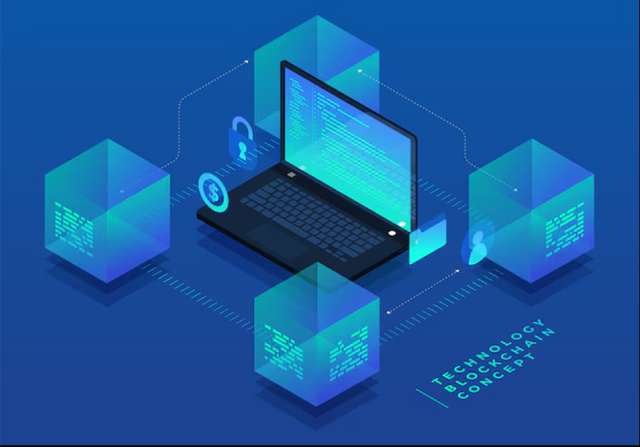Blockchain Flashcards for Beginners: A Simplified Learning Approach
Introduction to Blockchain
Blockchain technology has revolutionized various industries, from finance to healthcare. It is a decentralized digital ledger that records transactions securely and transparently. Understanding blockchain can seem complex, but breaking it down into digestible parts can make learning more effective. One such method is using blockchain flashcards for beginners, which simplifies key concepts for easy retention.
Why Use Blockchain Flashcards for Beginners?
Blockchain involves multiple technical terms and concepts. Flashcards help learners absorb information quickly by focusing on key points, definitions, and processes. Here are some benefits of using blockchain flashcards:
Enhanced Memory Retention: Repetitive learning through flashcards reinforces knowledge.
Simplified Understanding: Complex topics are broken down into concise, easy-to-remember facts.
Time-Efficient Learning: Reviewing flashcards requires less time compared to traditional studying methods.
Portability and Accessibility: Flashcards can be used anywhere, making them ideal for on-the-go learning.
Essential Blockchain Flashcards Topics
To effectively grasp blockchain fundamentals, flashcards should cover essential topics such as:
1. What is Blockchain?
Definition: A decentralized digital ledger that records transactions across multiple computers.
Key Features: Transparency, security, immutability, and decentralization.
2. How Blockchain Works
Blocks: Digital records containing transaction data.
Chain: A series of blocks linked using cryptography.
Nodes: Computers that maintain and validate the blockchain network.
3. Types of Blockchain
Public Blockchain: Open to anyone (e.g., Bitcoin, Ethereum).
Private Blockchain: Restricted access (e.g., Hyperledger, Corda).
Consortium Blockchain: Controlled by a group of organizations.
4. Cryptography in Blockchain
Hashing: A unique digital fingerprint for data security.
Private and Public Keys: Used for secure transactions.
5. Consensus Mechanisms
Proof of Work (PoW): Used in Bitcoin mining.
Proof of Stake (PoS): Energy-efficient alternative to PoW.
Delegated Proof of Stake (DPoS): Used in EOS and other networks.
6. Smart Contracts
Definition: Self-executing contracts with predefined rules.
Benefits: Automation, trust, and reduced intermediaries.
7. Use Cases of Blockchain
Cryptocurrencies: Bitcoin, Ethereum, and others.
Supply Chain: Transparency and traceability.
Healthcare: Secure patient records.
Finance: Faster and more secure transactions.
How to Use Blockchain Flashcards Effectively
Practice Regularly: Review flashcards daily to reinforce memory.
Mix Up the Order: Shuffle flashcards to test true understanding.
Apply Real-World Examples: Relate blockchain concepts to actual use cases.
Engage in Group Learning: Discuss flashcards with peers for better retention.
Conclusion
Learning blockchain doesn’t have to be overwhelming. Blockchain flashcards for beginners provide a simple yet effective way to master essential concepts. Whether you are a student, developer, or blockchain enthusiast, using flashcards can accelerate your learning process and deepen your understanding of this revolutionary technology.
